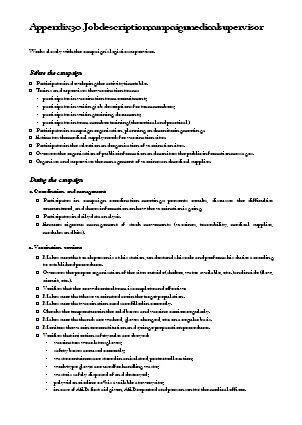Medical description
Paget’s disease is a benign disease of the bone characterized by acceleration of bone remodeling. It is the second most common bone disease after osteoporosis.
In the normal state, the bones are the seat of a permanent and perfectly regulated remodeling (also called bone remodeling or “bone turnover”) allowing the bone to renew itself and to keep its structure and its solidity. This physiological reorganization alternates phase of bone resorption (that is to say bone destruction) and phase of bone reconstruction (also called osteoformation).
Unlike what can be seen in normal bone, Paget’s disease is characterized by a uncontrolled bone remodeling responsible for a hypertrophy (volume increase) and a fragility of the affected bones.
Paget’s disease is rare before the age of 40 and most commonly affects men over 50.
There exists a family predisposition to the development of Paget’s disease. Its mode of genetic transmission, however, is not clearly understood.
Its development is slow and can be interspersed with bone, joint or neurological complications.










